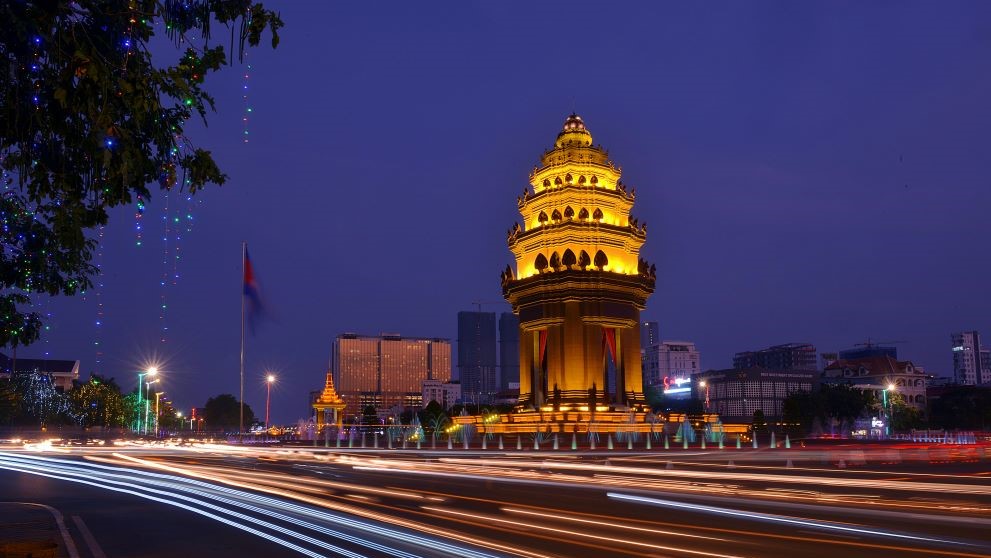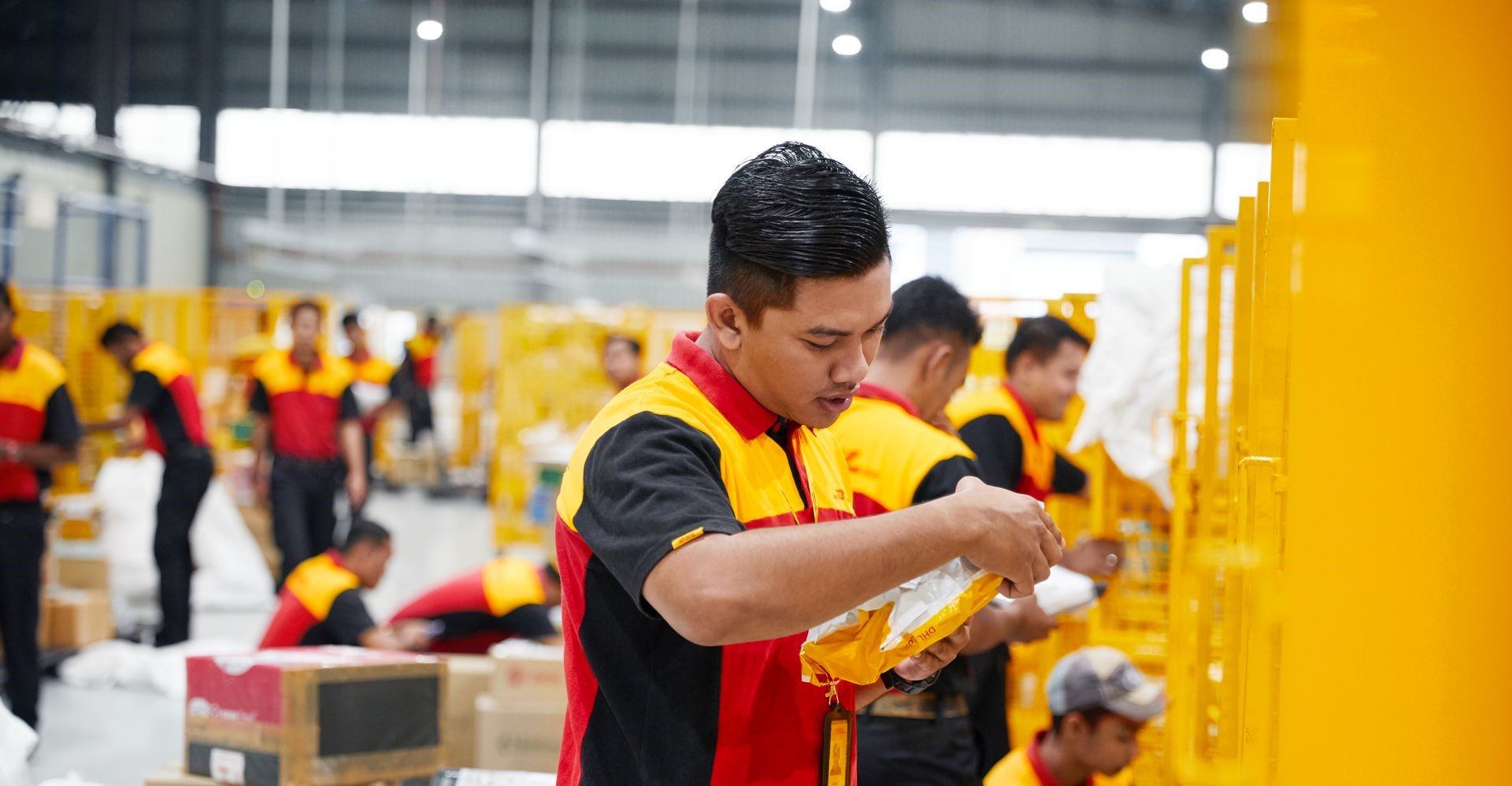Cambodia's economic landscape has historically been dominated by the garment and tourism sectors, playing a crucial role in employment and revenue generation. These industries have been instrumental in the nation's development, providing livelihoods for a significant portion of the population and contributing substantially to the country's GDP.
However, this reliance on just two sectors creates vulnerabilities to global economic shifts, making the Cambodian economy susceptible to fluctuations in demand and external shocks. Therefore, for sustainable long-term growth and resilience, Cambodia recognizes the paramount importance of an economic diversification strategy. This involves broadening its economic base and fostering new industries to reduce dependence on these traditional sectors, thereby creating a more balanced and robust economy. But what are these key economic pillars, and what challenges and opportunities do they present?
1. Cambodia’s key economic pillars: Garment and tourism industries
Cambodia's economy has long been anchored by two key pillars: the garment and tourism industries. The garment sector has served as a cornerstone, providing substantial employment opportunities and contributing significantly to the nation's export revenue. In 2023, the sector reached US$12.8 billion1, remaining the backbone of the industry. Its growth has, in turn, propelled the development of related industries and attracted considerable foreign direct investment.
Complementing this, Cambodia’s tourism industry has played a vital role in the country’s economic development, showcasing its rich cultural and historical heritage, most notably the magnificent Angkor Wat. Tourism has not only generated income for local communities and supported a wide range of related businesses but has also played a crucial role in promoting Cambodia's image on the world stage. In fact, while rebounding after the pandemic, it currently contributes approximately 12% of Cambodia's GDP2.
Challenges
Despite their integral role in Cambodia's economy, both the garment and tourism sectors face their share of challenges. The garment industry, while a significant employer and export revenue generator, grapples with increasing pressures. Rising labor costs put pressure on profit margins, while intense regional competition from other garment-producing nations requires constant innovation and efficiency improvements to maintain a competitive edge. Furthermore, the garment industry faces ongoing scrutiny regarding working conditions, highlighting the ever-present need for improvements to ensure fair labor practices and safe working environments.
Meanwhile, the tourism sector, while a source of cultural pride and economic benefit, remains susceptible to a variety of external factors. Global events, such as pandemics or political instability, can significantly impact travel patterns and lead to sharp declines in tourism revenue. Adding to these challenges are increasing environmental concerns, including the impact of climate change on natural attractions and the need for sustainable tourism practices to minimize environmental damage.
Opportunities
Despite these challenges, both the garment and tourism industries also present significant opportunities for growth and development. The garment sector, rather than solely focusing on volume, can strategically shift its focus towards higher-value products, such as specialized garments or designer collaborations. Crucially, investing in cutting-edge technology to enhance efficiency and competitiveness is essential for the garment industry to remain viable in the face of global competition. Automation, digitalization, and skills development can all play a role in boosting productivity and ensuring the sector’s long-term success.
Similarly, the tourism sector has considerable untapped potential. Diversifying its offerings beyond the iconic Angkor Wat is key to attracting a wider range of visitors and encouraging longer stays. Promoting the growth of eco-tourism and showcasing Cambodia's natural beauty and biodiversity can appeal to a growing segment of environmentally conscious travelers. Continuously enhancing the overall quality of services, from accommodation and transportation to tour guides and hospitality, is vital for creating a positive tourist experience and encouraging repeat visits. By capitalizing on these opportunities, both the garment and tourism sectors can evolve and thrive, contributing to Cambodia's sustainable economic development.
2. Emerging sector: Manufacturing industry
As a key component of its economic diversification strategy, Cambodia is actively promoting the development of its manufacturing sector. The Cambodian Industrial Development Policy 2015-2025 serves as a roadmap for this transformation, emphasizing both diversification and modernization. This policy represents a crucial first step in Cambodia's transition from labor-intensive industries to skill-driven and knowledge-based industries, laying the foundation for long-term economic growth.
A crucial aspect of this policy is its focus on boosting investment in technology within production chains. By encouraging the adoption of advanced technologies, Cambodia aims to increase efficiency, enhance product quality, and improve the competitiveness of its manufacturing sector. This technological investment is vital for Cambodia's integration into global value chains, enabling the country to participate more effectively in international trade and attract foreign investment.
The results of these efforts are beginning to show. Cambodia has witnessed growth in non-garment manufacturing exports, particularly in sectors like solar panels, vehicle parts, and electrical components. In fact, the electronics sector is expected to experience a 10.34% annual growth rate from 2025 to 2029, reaching a market volume of US$461.20 million by 20293. This growth in manufacturing is a testament to the country's commitment to the Industrial Development Policy and its drive for economic diversification.
3. DHL’s role in supporting Cambodia’s economic diversification

As Cambodia diversifies its economy and expands its manufacturing sector, efficient and reliable logistics solutions become increasingly critical. DHL Express, a leading international shipping company, plays a crucial role in supporting this diversification, providing the essential link between Cambodian businesses and the global marketplace.
DHL Express's comprehensive logistics services, encompassing global shipping, customs brokerage, and warehousing, are designed to support businesses across Cambodia's evolving economic landscape. Whether it's the established garment industry needing to ship finished products or the burgeoning manufacturing sector requiring efficient movement of components and finished goods, DHL Express offers tailored solutions to meet specific needs.
With a global reach spanning over 220 countries and territories, DHL Express's extensive network and deep local expertise empower businesses to navigate the complexities of global trade and expand their reach into new markets. Furthermore, DHL's strong commitment to sustainable logistics, exemplified by DHL GoGreen, which offers carbon-neutral shipping options, can support businesses in adopting eco-friendly practices throughout their supply chains, contributing to a greener and more responsible approach to economic development.
Charting a new course: Cambodia's economic future
Cambodia's commitment to economic diversification is paving the way for a more resilient and prosperous future. The emergence of new manufacturing sectors, alongside the continued development of the garment and tourism industries, presents exciting opportunities for businesses looking to establish or expand their presence in this dynamic market. To capitalize on these opportunities, businesses need a reliable partner capable of navigating the intricacies of the Cambodian market.
DHL Express's logistics solutions and expertise are ideally positioned to support businesses in achieving their growth objectives in Cambodia. From international shipping to comprehensive supply chain management, DHL Express can help streamline operations and optimize logistics strategies for maximum efficiency.
Ready to explore the dynamic opportunities in Cambodia? Open a business account with DHL Express to optimize your logistics and supply chain strategies and unlock your business's full potential.



















